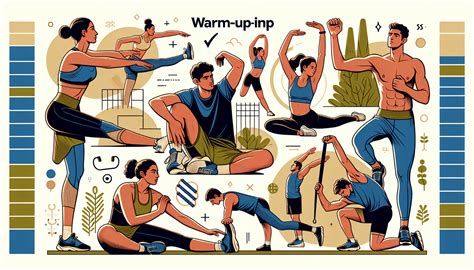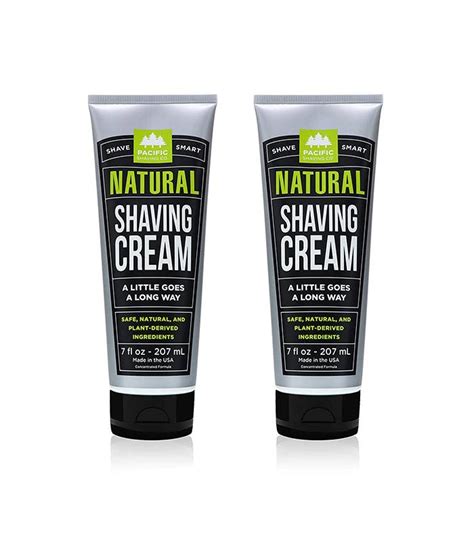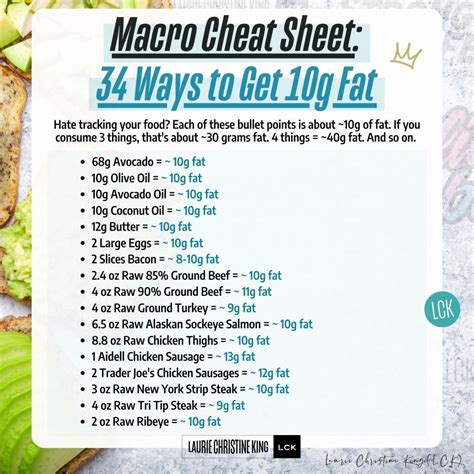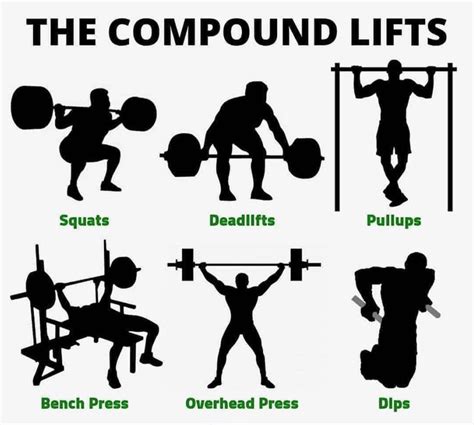What warm-up routine prevents injury for heavy lifting & boosts performance?

For anyone pushing their limits with heavy lifting, the moments before gripping that barbell are as crucial as the lift itself. A well-structured warm-up isn’t just a suggestion; it’s a non-negotiable component for preventing injury and maximizing your performance potential. Neglecting this vital phase dramatically increases the risk of muscle pulls, strains, and chronic joint issues, while simultaneously limiting your ability to lift your true maximum.
The Science Behind an Effective Warm-Up
When you prepare for heavy lifting, your body needs to transition from a resting state to a peak performance state. This involves increasing blood flow to muscles, improving joint lubrication, activating the central nervous system, and rehearsing movement patterns. A systematic approach ensures that your muscles, tendons, ligaments, and nervous system are all primed and ready for the significant demands of heavy loads.

Phase 1: General Cardiovascular Warm-up (5-10 minutes)
Begin your routine with a light cardiovascular activity. This isn’t about breaking a sweat, but rather gently elevating your heart rate and increasing blood circulation throughout your body. Activities like brisk walking, light cycling, or using an elliptical machine are perfect. The goal is to raise your core body temperature and prepare your cardiovascular system for the work ahead, without inducing fatigue.
Phase 2: Dynamic Stretching & Mobility Drills (10-15 minutes)
This is where you target specific joints and muscle groups relevant to your lifting session. Unlike static stretching (holding a stretch), dynamic movements take your joints through their full range of motion. This improves flexibility, mobility, and kinesthetic awareness without reducing muscle power. Focus on the major areas you’ll be working, such as hips, shoulders, thoracic spine, and ankles.
- Leg Swings: Forward/backward and side-to-side to warm up hips.
- Arm Circles & Thoracic Rotations: Prepares shoulders and upper back.
- Cat-Cow & Bird-Dog: Mobilizes the spine and engages core stabilizers.
- World’s Greatest Stretch: A comprehensive movement targeting hips, hamstrings, and thoracic mobility.
- Goblet Squat Rockers: Improves ankle and hip mobility for squat patterns.

Phase 3: Movement-Specific Warm-up & Ramping Sets (10-15 minutes)
This is arguably the most critical phase for heavy lifting. It involves performing the actual movements you plan to lift with, but using progressively heavier weights. This process primes your nervous system, refines your technique, and prepares your muscles for the specific demands of your working sets.
For example, if you’re squatting 300 lbs for your working sets, a typical ramp-up might look like this:
- Barbell only (10-12 reps, focusing on perfect form)
- Add light weight, e.g., 95 lbs (6-8 reps)
- Add moderate weight, e.g., 185 lbs (3-5 reps)
- Add heavier weight, e.g., 255 lbs (1-2 reps)
Each set should feel controlled and deliberate, reinforcing proper movement patterns. Keep the reps low on the heavier warm-up sets to avoid fatigue before your actual working sets.

The Unseen Benefits: Beyond Injury Prevention
While injury prevention is a primary goal, a proper warm-up delivers several other performance-boosting advantages:
- Enhanced Power Output: Activated muscles and an engaged nervous system can generate more force.
- Improved Range of Motion: Optimal joint mobility allows for deeper, more effective lifts.
- Better Proprioception: Increased body awareness helps maintain proper form under load, reducing the risk of technical breakdown.
- Mental Readiness: The warm-up ritual prepares your mind, builds focus, and reduces pre-lift anxiety, ensuring you approach your heavy sets with confidence and determination.

Common Warm-up Mistakes to Avoid
Not all warm-ups are created equal. Be mindful of these common pitfalls:
- Static Stretching Before Lifting: Holding stretches for extended periods can temporarily decrease power output and stability. Save static stretching for post-workout.
- Skipping It Entirely: The most obvious and dangerous mistake, leaving your body unprepared for stress.
- Too Long or Too Short: A warm-up that’s too exhaustive can cause fatigue, while one that’s too brief won’t adequately prepare you. Aim for 20-30 minutes total.
- Not Specific Enough: A general warm-up is fine, but it needs to be followed by movements tailored to your primary lifts to be truly effective.

Conclusion
A comprehensive warm-up routine is not a luxury; it’s an indispensable investment in your long-term lifting career. By systematically preparing your body through general cardio, dynamic mobility, and specific ramping sets, you significantly reduce the risk of injury, unlock greater performance potential, and cultivate the mental fortitude required for heavy lifting. Make it a non-negotiable part of every session, and you’ll reap the rewards of safer, stronger, and more effective workouts for years to come.








